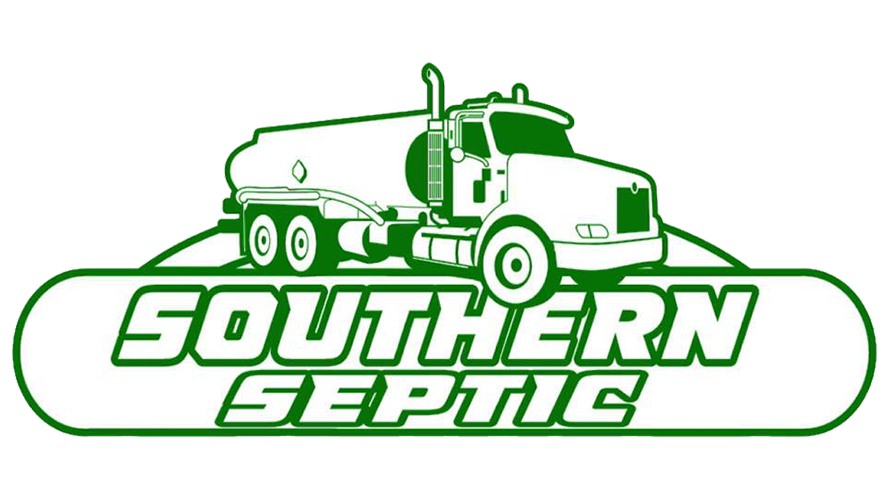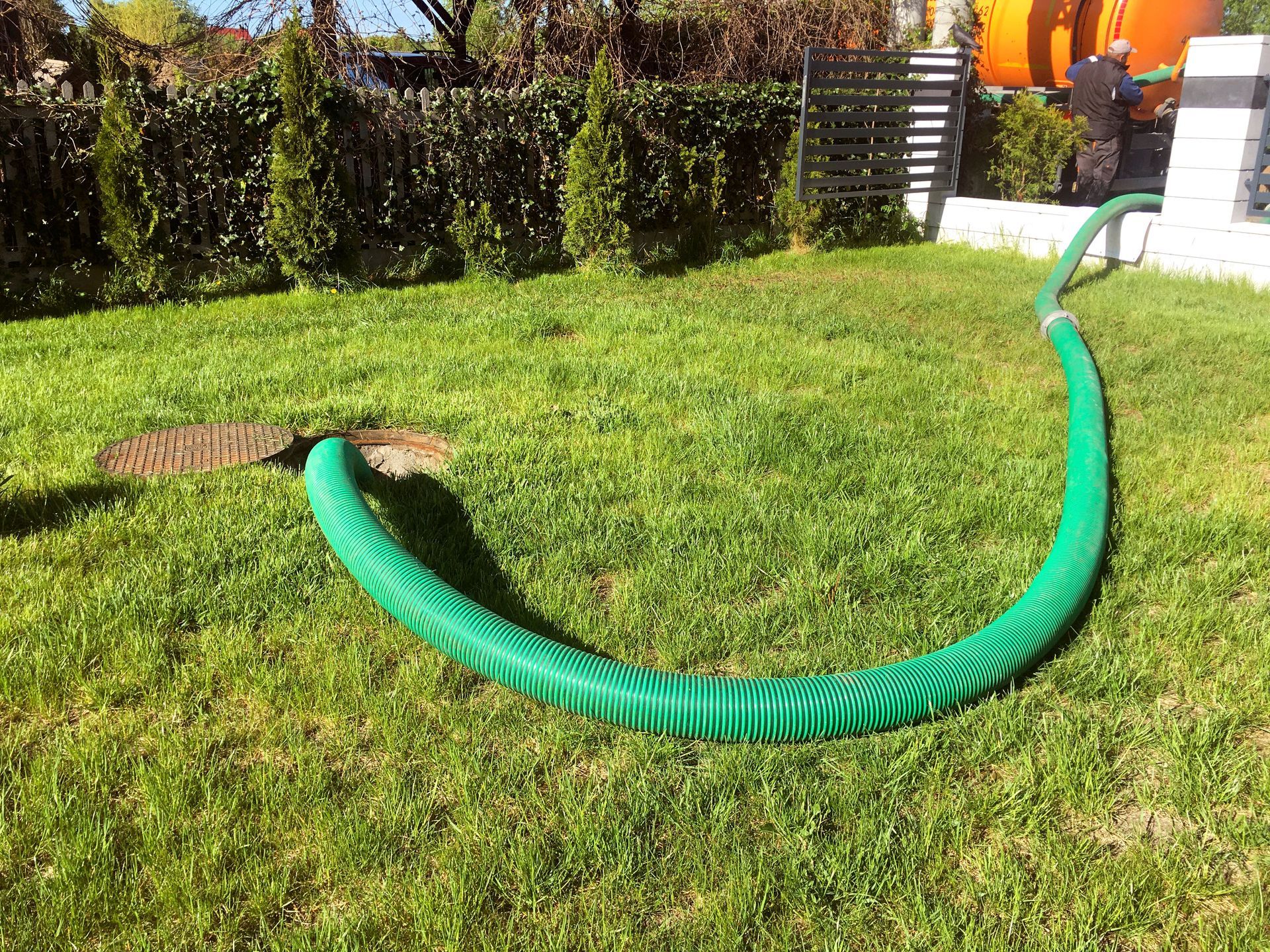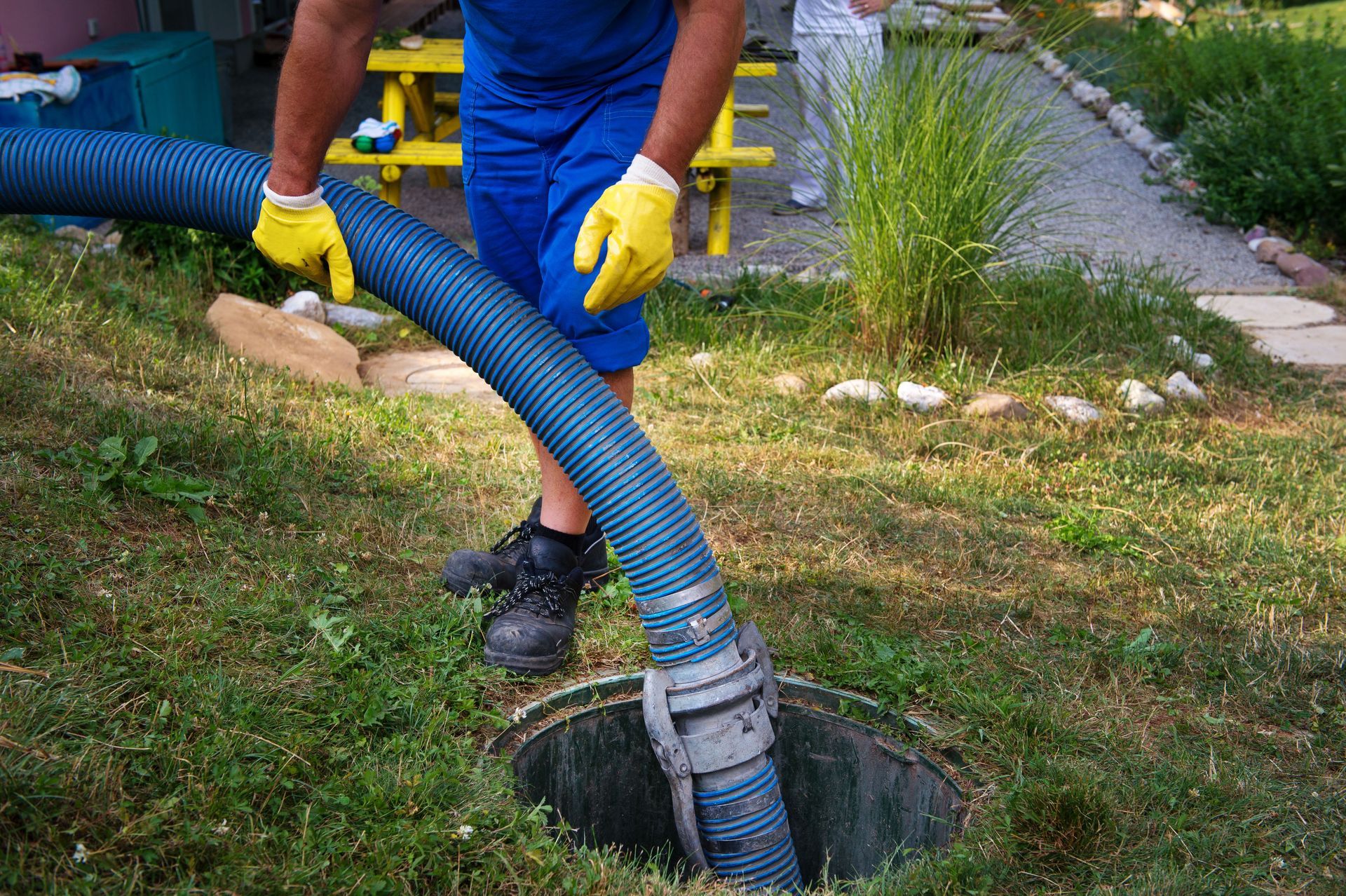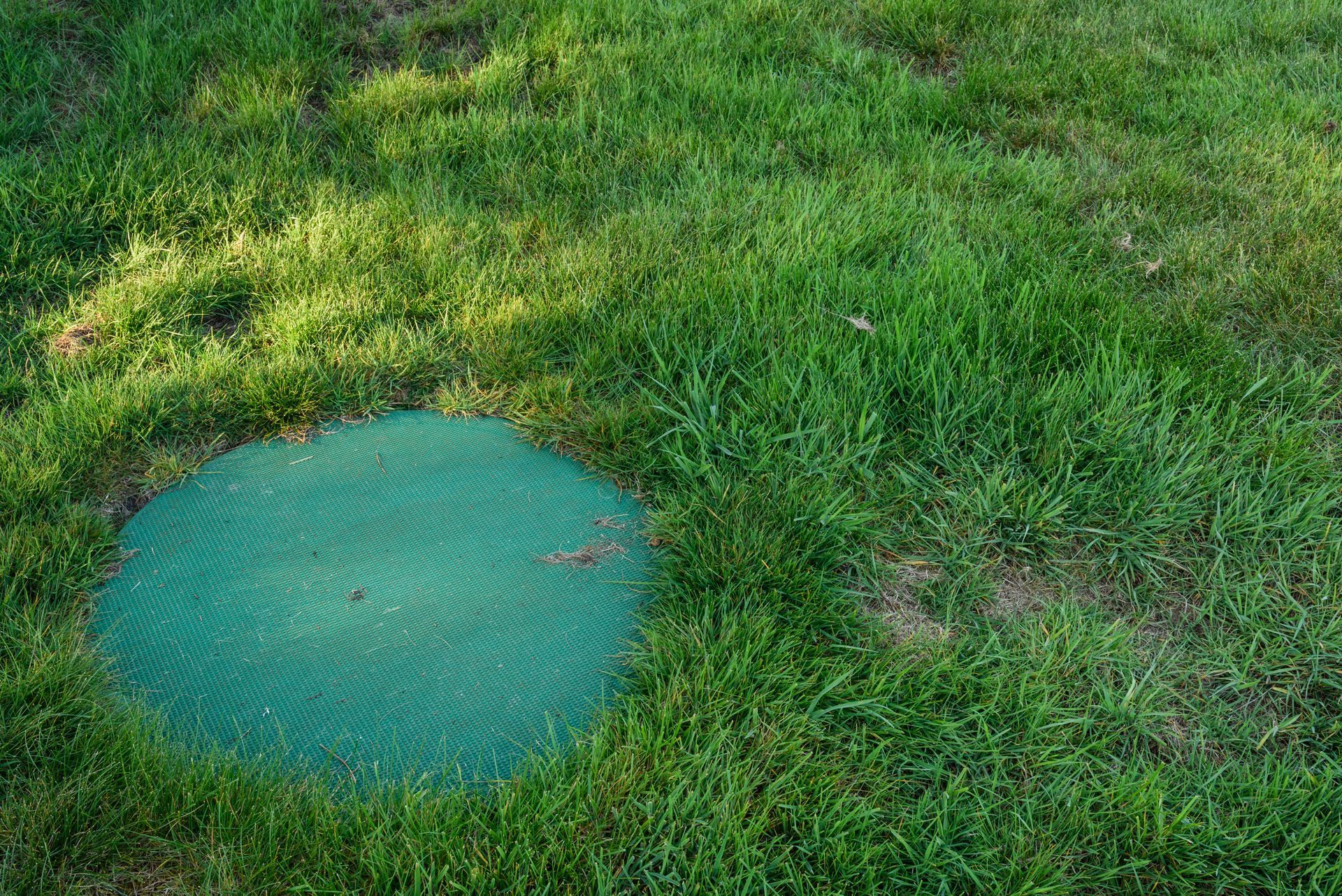8 Steps to Take if Your Grease Trap Needs Maintenance
Proper grease trap maintenance is essential for commercial kitchens to prevent costly plumbing issues and comply with regulations. Grease traps catch fats, oils, and grease before they clog drains or harm the environment. Regular professional grease trap testing is vital; according to Municipal Operations & Consulting, Inc, grease traps should be cleaned and inspected at least once every 180 days to remain effective and avoid fines. Ignoring maintenance can lead to serious operational disruptions, so knowing the right steps to take is critical.
1. Recognize Signs of Grease Trap Issues
The first step to maintaining your grease trap is identifying when there might be a problem. Typical signs include slow or clogged drains, unpleasant odors near the kitchen, and visible grease or sludge around the trap. These symptoms suggest grease is building up excessively, which can lead to blockages and plumbing failures if not addressed promptly. In some cases, you might also notice backups in sinks or toilets, which are clear red flags that the grease trap isn’t functioning properly.
Early detection allows you to act before these issues escalate. Ignoring warning signs can result in emergency repairs and costly downtime. Scheduling professional grease trap testing at the first sign of trouble helps prevent damage and ensures your system continues running smoothly and hygienically. Being proactive not only protects your plumbing but also helps you stay compliant with local regulations and maintain a safe environment for staff and customers.
2. Schedule Professional Grease Trap Services
When problems arise, it’s important to book a professional grease trap testing service immediately. Certified technicians have the expertise and equipment necessary to inspect and clean your grease trap thoroughly. They will check for compliance with local regulations, ensuring your system operates within safety standards. Many service providers also offer advanced diagnostic tools that can detect hidden blockages or structural issues that are invisible to the naked eye.
Attempting DIY maintenance is risky and often ineffective, potentially causing more damage and violating legal requirements. Professional services not only clean the trap but also identify hidden issues early. This approach safeguards your plumbing infrastructure and avoids fines or costly repairs down the line. Additionally, certified technicians know how to safely dispose of grease waste, preventing environmental contamination and legal liabilities.
3. Prepare Your Facility for Maintenance
Before the maintenance team arrives, clear the area around the grease trap for easy access. Inform your staff about the scheduled maintenance, so they can adjust operations and avoid disruptions during the process. It’s also helpful to ensure that any permits or documentation required by local authorities are prepared in advance. This preparation can speed up the process and prevent unexpected delays.
Proper safety measures, such as warning signs or protective gear, should be in place to protect staff and technicians. A well-prepared site allows for efficient grease trap testing and cleaning, minimizing downtime. These small efforts help ensure the process is completed quickly and without complications. Furthermore, a clean and organized work area reduces the risk of accidents and promotes a professional service environment.
4. Inspect for Structural Damage and Leaks
During the inspection, technicians will carefully examine the grease trap for cracks, corrosion, or leaks. Any structural damage can reduce the trap’s ability to separate grease effectively and may contaminate wastewater systems, resulting in environmental violations. Identifying these problems early can save you from costly repairs or replacements later.
Maintaining structural integrity is just as important as cleaning. If damage is detected, professionals can advise on necessary repairs or upgrades to meet regulatory standards. Thorough grease trap testing ensures your system remains safe, efficient, and compliant. In some cases, replacing old or damaged components may be the only solution to maintain proper function and protect your investment.
5. Clean and Remove Accumulated Grease
Cleaning involves removing the thick layer of grease, fats, and solids that accumulate inside the trap. Professionals use industry-approved methods to pump out and dispose of waste safely, preventing environmental contamination. This thorough cleaning restores the trap’s efficiency and prevents odors and backups that can disrupt kitchen operations.
Proper grease disposal is critical and should never be handled casually. Certified technicians follow strict environmental guidelines during grease trap testing and cleaning, helping protect local waterways. Improper disposal can lead to fines and damage to your business’s reputation. A professional cleaning service ensures all waste is handled responsibly, keeping your facility compliant and environmentally friendly.
6. Document and Report Findings
After cleaning and inspection, the service provider will compile a detailed report outlining the trap’s condition and any necessary repairs or recommendations. This documentation serves as a vital record for your maintenance history and regulatory compliance. Detailed reports often include before-and-after photos, measurements, and notes on any irregularities found during service. Having this information readily available helps you make informed decisions about future maintenance and budgeting.
Keeping accurate records helps you track when the next grease trap testing is due and identify recurring issues early. Detailed reports also support audits and ensure transparency in your facility’s sanitation practices, contributing to better management overall. Having this documentation readily available can save time and stress during inspections or if any legal questions arise. It also demonstrates your commitment to maintaining a safe and compliant kitchen environment.
7. Implement Preventive Measures
After servicing, implementing good operational habits is essential to reduce grease buildup between cleanings. Encourage staff to scrape plates before washing, avoid pouring grease down sinks, and use grease interceptors or strainers when possible. Regular reminders and monitoring can help ensure these practices are followed consistently. These small changes in daily kitchen operations can significantly reduce the workload on your grease trap.
Educating employees and adjusting kitchen procedures complement regular grease trap maintenance by minimizing grease accumulation. Installing signage or providing training sessions can help reinforce these habits consistently. Encouraging open communication about best practices also ensures everyone is engaged and aware of their role in maintaining the system. A proactive approach to prevention saves time, reduces maintenance costs, and keeps your kitchen running smoothly.
8. Schedule Follow-Ups Regularly
Finally, establish a routine maintenance schedule to keep your grease trap functioning properly. Consistent scheduling helps prevent unexpected blockages, costly repairs, and downtime that can disrupt your kitchen operations. Regular maintenance also extends the lifespan of your grease trap, saving you money in the long run. Marking these dates in your calendar or using maintenance software ensures you never miss a deadline.
Regularly scheduled grease trap testing protects your plumbing and avoids unexpected disruptions. Many businesses benefit from maintenance contracts that automate this process, providing peace of mind and consistent compliance with regulations. This consistency helps maintain optimal kitchen operations and protects your business investment.
Regular professional grease trap testing and maintenance are essential to keeping your commercial kitchen’s plumbing running smoothly and avoiding costly damage. Neglecting proper care can lead to severe blockages, unpleasant odors, and expensive emergency repairs that disrupt your business operations. Avoid risky DIY fixes; count on trained professionals to protect your business and the environment.
If you want to keep your kitchen running smoothly and avoid costly repairs, count on Southern Septic for expert grease trap maintenance services. Our certified team ensures your grease trap is cleaned and inspected professionally, protecting your business and the environment. Contact us today to stay compliant with all regulations.





Share On: